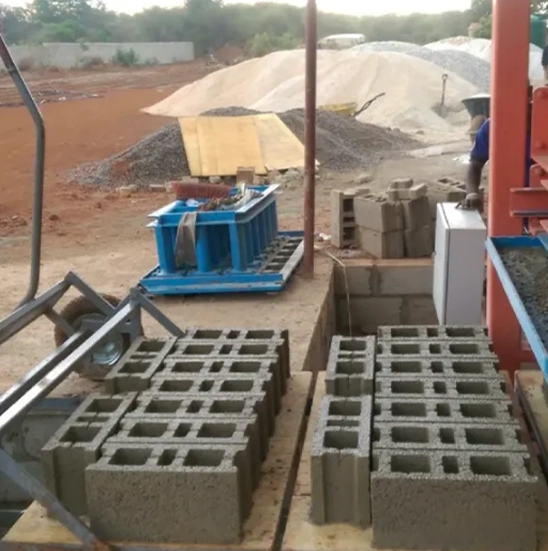Cost of a briquette factory varies according to the capacity of the facility. Additionally, land, machinery, labor, and operational costs should also be considered. Automation systems and high-capacity machines significantly affect initial costs.
Cost of a briquette factory also includes raw material procurement, energy consumption, and maintenance and repair expenses. Raw material costs can vary depending on production capacity. Energy costs depend on the energy efficiency of the machines used in the production process. Additionally, regular maintenance and repair processes are important for the smooth operation of the factory and the maintenance of production efficiency, which can be considered a constant cost factor.
Briquette machines perform like a factory, greatly automating production processes. These machines minimize the need for human intervention while processing raw materials into briquettes, thereby significantly reducing labor costs.
Through automatic feeding, mixing, compressing, and packaging systems, production speed increases, and product quality is standardized. Briquette machines provide businesses with cost advantages and increase efficiency, enhancing competitive power.
How Much Does a Briquette Factory Cost?
The cost of setting up a briquette factory varies depending on the facility’s capacity, location, and the technologies used. For instance, if you are considering a bims machine or bims factory, the costs can be even more variable. Generally, the cost of a briquette factory includes land, machinery, equipment, construction, labor, and operational expenses.
The main cost components to consider in a bims machine investment are as follows:
The costs for the land and building construction for the factory can vary greatly depending on the location. Land costs may be lower in areas away from city centers, but infrastructure costs may increase.
Briquette machines perform various functions such as automatic feeding, mixing, compressing, and packaging. The prices of these machines vary according to their capacities and technological features. For example, machines required for a high-capacity bims factory can be more expensive than those for a smaller facility.
Thanks to automation systems, labor costs can be significantly reduced. However, specialized personnel are still needed to oversee production processes and perform maintenance and repairs.
The procurement of raw materials and energy costs should also be considered. Using energy-efficient machines, in particular, can result in long-term cost savings.

In addition to briquette production, products such as bims block and paving stone can also be manufactured in briquette factories. The production costs of these products vary according to the materials used and the production processes. For instance, the cost structure for producing bims block, which is known for being lighter and having better insulation properties, may differ from briquette production.
Paving stone production is another common activity in briquette factories. Paving stones are in high demand, especially in the landscaping and construction sectors. The machinery and equipment required for producing these stones have similar characteristics to briquette machines, and their costs are influenced by similar factors.
In conclusion, the cost of establishing a briquette factory is determined by many variables. With good planning and the selection of the right equipment, costs can be optimized, and the efficiency of the business can be increased. By diversifying income with additional products like bims block and paving stone, the return on investment can be shortened.
A briquette brick is a high-strength building element used in the construction sector, produced from concrete or clay materials. Unlike standard bricks, they are manufactured in a specific shape and size through pressing. Briquette bricks are used in the construction of walls, foundations, and other building elements, and are known for their thermal and sound insulation properties. Their lightweight and easy-to-work-with nature help reduce labor time and costs in construction projects.
Briquette production starts with the preparation of raw materials. The raw material is broken into small pieces and mixed homogeneously. These pieces are then compressed under high pressure and temperature in a briquette machine. The produced briquettes are cooled down and are then ready for use.
A briquette machine is a device that compresses raw materials under high pressure and temperature to form briquettes. These machines accelerate and standardize the production process through automatic feeding, mixing, and compressing systems. Briquette machines can be adjusted for different types of raw materials and can produce briquettes in various sizes. This ensures energy efficiency while significantly reducing labor costs.